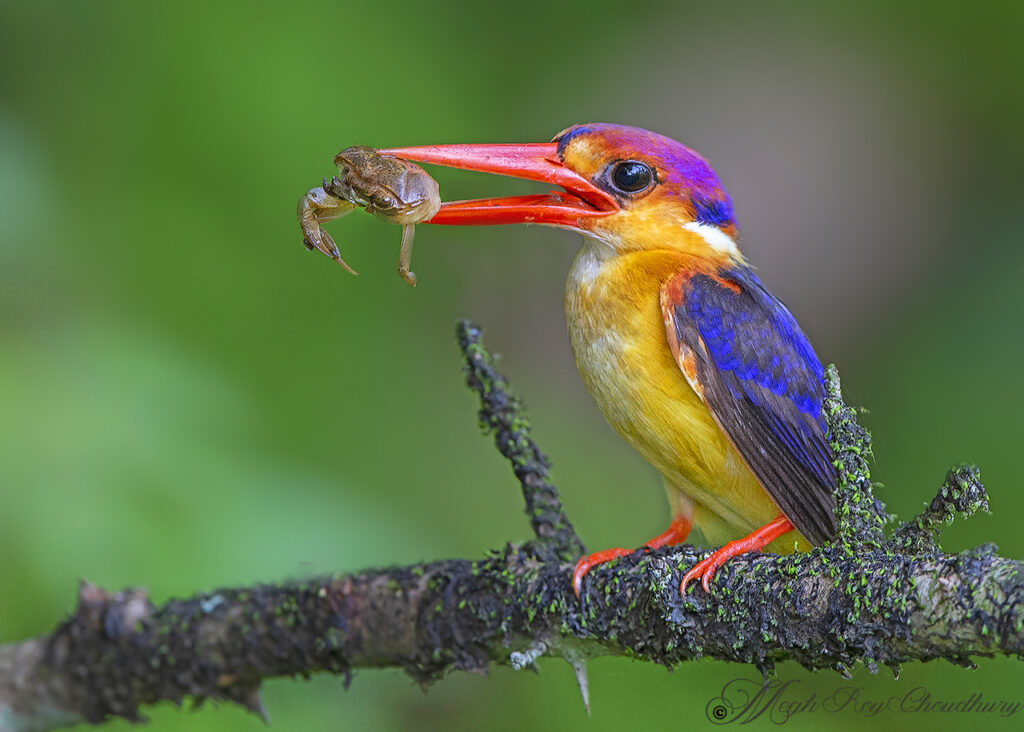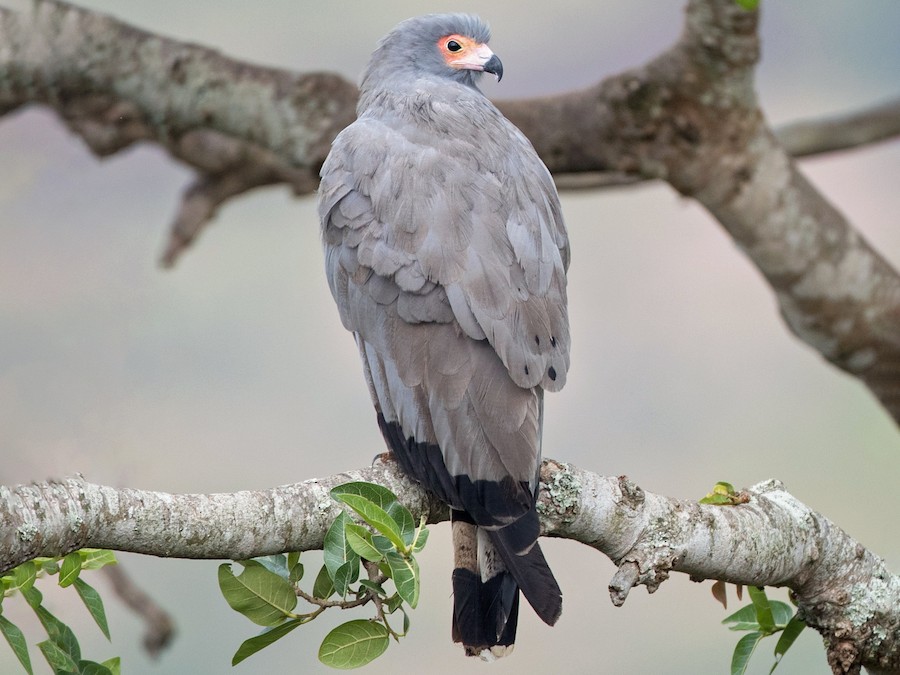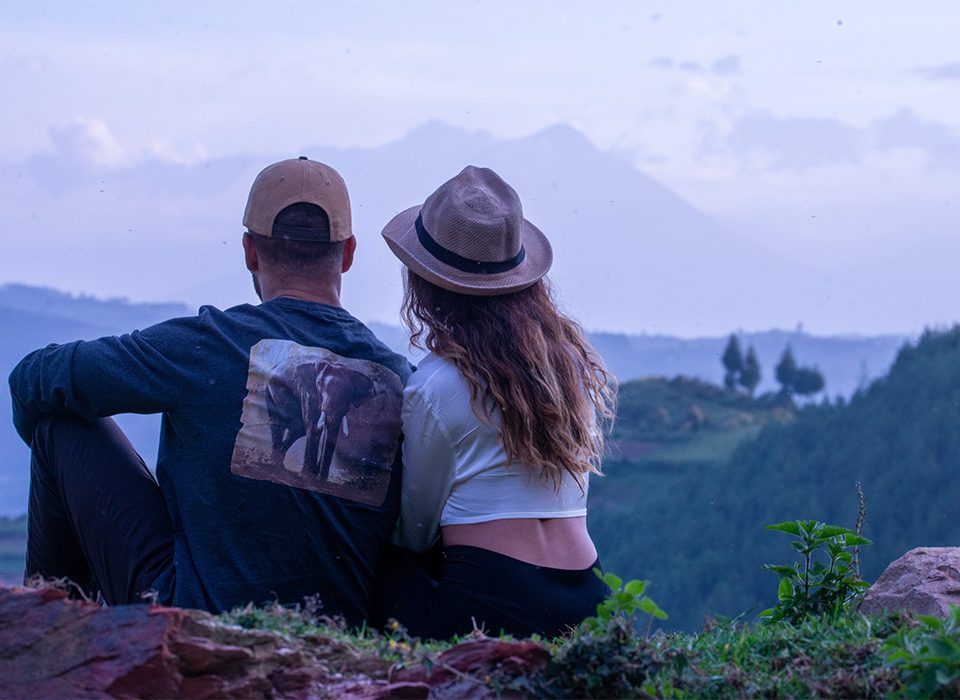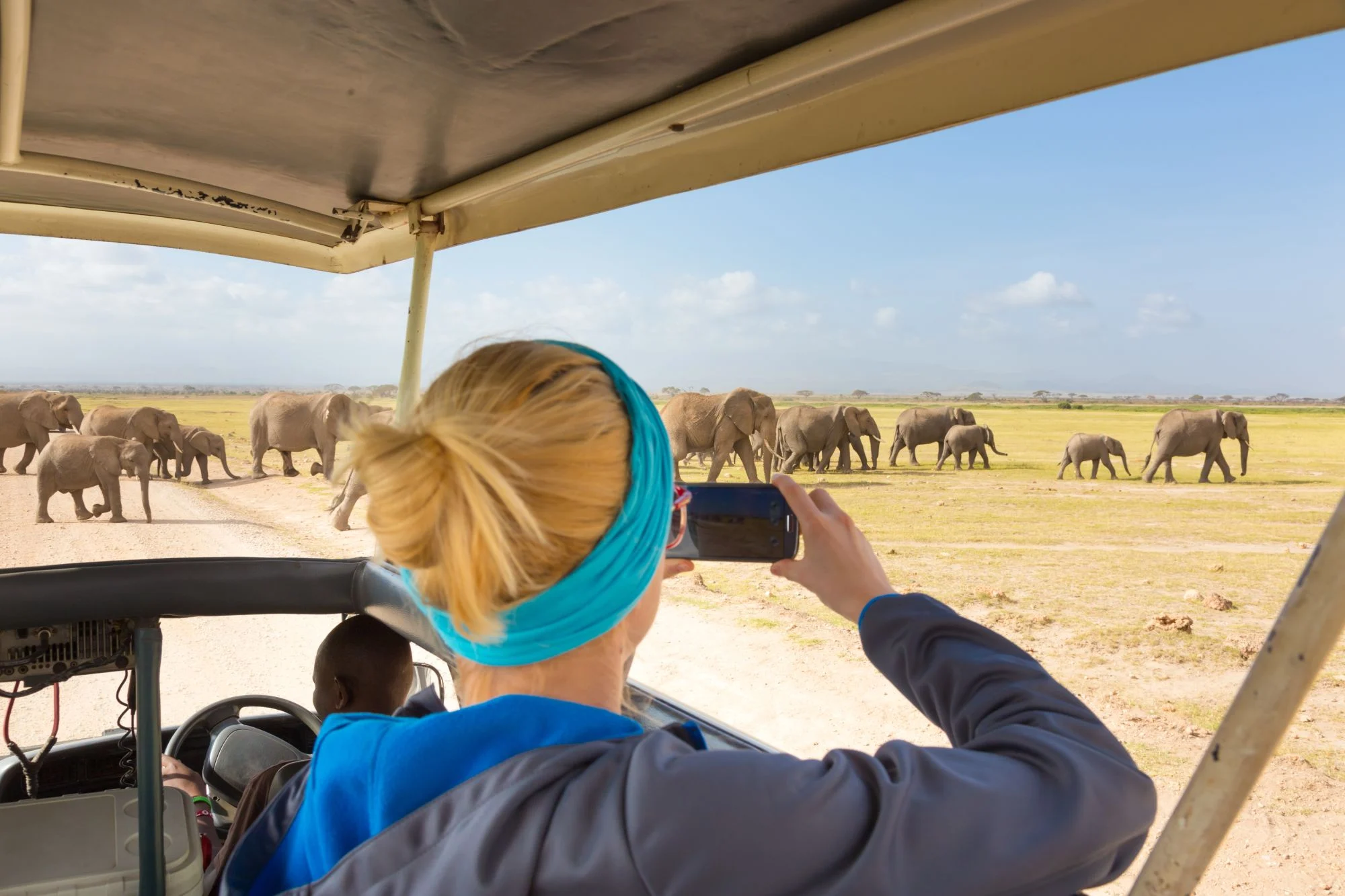What to do on a Honeymoon in Bwindi National Park? Bwindi Impenetrable National Park is…

Birding in Akagera national Park
Birding in Akagera National Park
Akagera national park in eastern Rwanda is one of the most exciting birdwatching destinations in Africa, thus making it a must-visit location for tourists planning a Rwanda Safari. Straddling the border with Tanzania, this 1,122 square kilometre park is a mosaic of savannah, woodland, wetlands and lakes, thus creating an ideal habitat for more than 500 recorded species. For birders, both amateur and professional, akagera offers a rich diversity of species from waterbirds and raptors to rare and localised specials that are hard to find elsewhere.
Why akagera national park is a birding paradise
Akagera national park’s location is truly special; it sits in the ecological transition zone between the open savannahs of east Africa and the lush rainforests of central Africa. this unique positioning allows birdwatchers to enjoy an extraordinary blend of species from distinct ecosystems, thus making it one of the most rewarding birding destinations on a Rwanda Safari.
Within its 1,122 square kilometres, akagera boasts a remarkable variety of habitats. Each habitat attracts its own set of avian residents, ensuring that a day of birding here is never monotonous. Whether you’re scanning the papyrus swamps for elusive specials or birdwatching raptors soar above the plains, you’re surrounded by the richness of African birdlife.
Tourists on a Rwanda Safari, akagera offers more than just the thrill of seeing elephants, lions, leopards and giraffes. Its birdlife is equally captivating, with species that range from colourful sunbirds to rare wetland specialists. Globally threatened species like the prehistoric-looking shoebill stork and the secretive papyrus gonolek draw birders from across the world. These sightings are not just highlights of a birding checklist; they are once-in-a-lifetime encounters that elevate your Rwanda Safari experience.
HIGHLIGHT OF BIRDING IN AKAGERA NATIONAL PARK
Over 500 bird species recorded
Akagera is home to an astounding 500+ bird species, including both residents and migrants. The seasonal changes bring fresh opportunities; palearctic migrants arrive between November and April, thus joining the local residents to create a constantly shifting birding scene. This variety ensures that even repeat visitors on a Rwanda Safari will always discover something new.
Rare and endemic species
Akagera is famous among ornithologists for its rare and range-restricted species. Birders have the chance to see
· Papyrus endemics like the papyrus canary and white-winged warbler, which are tied to the wetlands
· Regional rarities such as the red-faced barbet, a prized sighting for those ticking off special species.
Spotting these birds often requires patience, local expertise and the immersive pace of a dedicated birding Rwanda Safari.
Spectacular wetland habitats
Akagera’s wetlands, especially lake ihema are magnets for large flocks of waterfowl, herons, storks and kingfishers. On a boat safari, you might see a saddle-billed stork wading gracefully, a goliath heron fishing in the shallows or a vivid malachite kingfisher darting for prey. These waterscapes offer a serene but wildlife-rich contrast to the open savannah, making them perfect for bird photography during your Rwanda Safari.
Birding year-round
Birding in akagera is a year-round pleasure. However, the prime season runs from November to April, when migratory species from Europe and Asia swell the bird population. During this period, the park becomes a global crossroads for birdlife, thus offering Rwanda Safari tourists a vibrant mix of resident and visiting species. 4
TOP BIRDING SPECIES TO LOOK OUT FOR IN AKAGERA
With over 500 recorded species, akagera national park offers one of the most rewarding birding experiences on a Rwanda Safari. From rare papyrus specialists to spectacular raptors, the park’s diverse habitats ensure that each game drive or boat trip has the potential to reveal something extraordinary. Below are the most sought-after birds you might encounter during your Rwanda Safari.
1. Papyrus endemics
These species are intimately tied to the park’s papyrus swamps and are a dream for birders. Many of them have restricted ranges, meaning your Rwanda Safari in Akagera National Park might be one of the few opportunities to see them in the wild.
· Papyrus gonolek: known for its striking black and crimson plumage and beautiful but shy nature, this bird often lurks deep within papyrus stands. Early morning boat rides on lake ihema increases your chances of spotting it.
· White-winged warbler: a secretive warbler that flits among papyrus stems, identifiable by its white wing patch and melodic calls
· Papyrus canary: a small, yellow-green songbird often found in pairs, thus adding flashes of colour to the wetlands.
· Carruthers’s cisticola: a specialist of swampy areas recognised by its buzzy calls and active foraging behaviour among reed beds.
2. Large waterbirds
Akagera’s lakes and wetlands are perfect habitats for spectacular waterbirds, thus making them prime photography subjects for any Rwanda Safari.
· Shoebill stork: arguably the park’s most iconic bird for dedicated birders. With its massive shoe-shaped bill and prehistoric appearance, the shoebill is a holy grail species for Rwanda Safari tourists.
· African fish eagle: this powerful raptor with its bold white head and piercing call is often seen perched above the lakes scanning for prey.
· Goliath heron: the world’s largest heron, standing over 1.5 metres tall, usually found wading in shallow waters
· Saddle-billed stork: instantly recognised by its striking red, black and yellow bill.
· African openbill: often found in flocks, this stork has a distinct gap between its bill halves, adapted for feeding on snails and molluscs.
3. Savannah and woodland specials
The open plains and scattered acacia woodlands of akagera are ideal for species that thrive in dry habitats. A game drive through these areas can reveal both large mammals and striking birds.
· Red-faced barbet: a rare and localised species with vivid facial markings, often seen in wooded areas near the southern part of the park.
· Long-crested eagle: recognised by its shaggy crest and broad wings, this raptor often perches conspicuously, scanning for prey.
· Meyers parrot: a small but colourful parrot frequently found in pairs feeding on seeds and fruits
· Bare-faced go-away bird: known for its distinctive ‘go away’ call and comical crest, often seen in family groups.
4. Raptors
Akagera is a raptor enthusiast’s paradise. The mix of open plains, woodland and wetland habitats supports an impressive variety of birds of prey.
· Martial eagle: Africa’s largest eagle, a formidable predator capable of taking down small antelope.
· Bateleur: easily identified by its short tail, bold black and red colouration and distinctive rocking flight.
· African harrier hawk; notable for its double-jointed legs that allow it to raid bird nests in tree cavities
· Brown snake eagle: specialises in hunting snakes and other reptiles, often seen soaring high above the plains.
5. Colourful small birds
These species bring vibrancy and movement to any Rwanda Safari, making even quiet moments on a game drive or lodge deck a joy for bird lovers.
· Malachite kingfisher (corythornis cristatus): a jewel-like kingfisher with iridescent blue and orange plumage often seen darting over waterways
· Northern carmine bee-eater (Merops nubicus); brilliant crimson and blue colours make this bird a delight to watch in flight
· Scarlet-chested sunbird: a striking nectar feeder with a shimmering red chest and long curved bill
· African paradise flycatcher: graceful and elegant, the males often sport long flowing tail feathers, flitting through shaded woodlands.
These species are just a snapshot of what akagera has to offer. The true magic of birding here lies in the combination: thus, spotting a shoebill in the wetlands in the morning, a lilac-breasted roller mid-game drive and ending the day with the haunting call of a fish eagle at sunset. It’s the blend of avian wonders that makes akagera a must for any Rwanda Safari.



